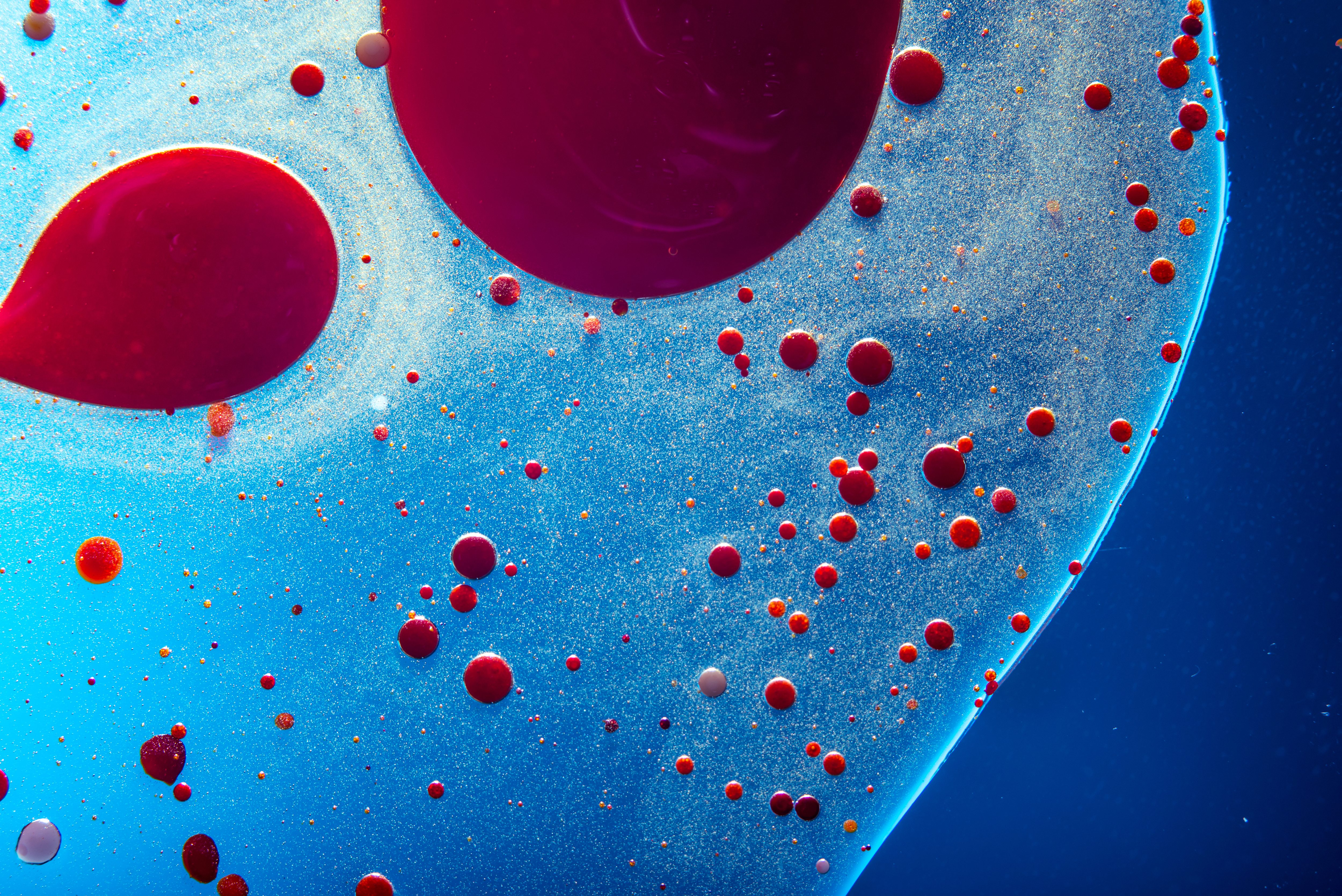Unique Blood Test Screens for Eight Different Cancer Types
Earlier detection is key to reducing cancer deaths. Detecting cancers as early as possible is a critical part of an effective treatment and the earlier doctors figure out what’s wrong, the higher the chances of survival for the patient.
The past few years have seen a bevy of experimental tests called liquid biopsies that hold the promise of detecting and tracking tumours from a simple blood draw. Many of these tests are designed to detect a single kind of cancer by spotting tumour-associated mutations in DNA sequences found floating freely in the blood.
Now, scientists have developed a one-stop blood test to fish out different types of cancers early on, even before symptoms begin to make an appearance.
The test was able to detect disease in about 70% of more than 1,000 people who had already been diagnosed with cancer.
The $500 test named CancerSEEK is a unique noninvasive, multianalyte test that simultaneously evaluates levels of eight cancer proteins and the presence of cancer gene mutations from circulating DNA in the blood.
“The use of a combination of selected biomarkers for early detection has the potential to change the way we screen for cancer, and it is based on the same rationale for using combinations of drugs to treat cancers,
” says Nickolas Papadopoulos, Ph.D., senior author and professor of oncology and pathology.“Circulating tumor DNA mutations can be highly specific markers for cancer. To capitalize on this inherent specificity, we sought to develop a small yet robust panel that could detect at least one mutation in the vast majority of cancers,” says Joshua Cohen, an M.D.-Ph.D. student at the Johns Hopkins University School of Medicine and the paper’s first author. “In fact, keeping the mutation panel small is essential to minimize false-positive results and keep such screening tests affordable.”
The test is composed of a detection panel that focuses on eight proteins and 16 gene segments. Specificity in targeting was important as false-positives can cause unnecessary hardship on patients. In the recently published study the test returned only seven false-positive results when used on 812 healthy control subjects. This equates to a 99 percent specificity rate.
The test was also trialed on 1,005 patients with diagnosed cancers at various nonmetastatic stages. On average, the test was found to be 70 percent successful but some cancers were more effectively picked up than others. Breast cancer was the least positively identified with a success rate of only 33 percent, but ovarian cancer was extraordinarily well identified, with a 98 percent rate of success.
It basically works like other blood-based cancer detection tests like the prostate specific antigen test, which is sometimes used to screen for prostate cancer. Both CancerSEEK and a PSA test look for proteins. But the PSA looks only for one kind; CancerSEEK looks looks for eight, and will also look for small pieces of DNA floating around in a person’s blood. When these DNA fragments come from a tumor cell, it’s called circulating tumor DNA; another term used has been cell-free DNA. The challenge is there are only a very, very small number of these ctDNA fragments to be found.
“A novelty of our classification method is that it combines the probability of observing various DNA mutations together with the levels of several proteins in order to make the final call,” says Cristian Tomasetti, Ph.D., associate professor of oncology and biostatistics, who developed the algorithm. “Another new aspect of our approach is that it uses machine learning to enable the test to accurately determine the location of a tumor down to a small number of anatomic sites in 83 percent of patients.”
Although the current test does not pick up every cancer, it identifies many cancers that would likely otherwise go undetected. “Many of the most promising cancer treatments we have today only benefit a small minority of cancer patients, and we consider them major breakthroughs. If we are going to make progress in early cancer detection, we have to begin looking at it in a more realistic way, recognizing that no test will detect all cancers,” says Bert Vogelstein, M.D., co-director of the Ludwig Center, Clayton Professor of Oncology and Howard Hughes Medical Institute investigator.
The next steps for the Johns Hopkins research team include ensuring that the test works in patients who are not symptomatic. The rates of false positive and negative results will need to decline significantly, as either false reading would put patients in danger.
Scientists agree that if this test does continue to improve, it could be a huge breakthrough.































